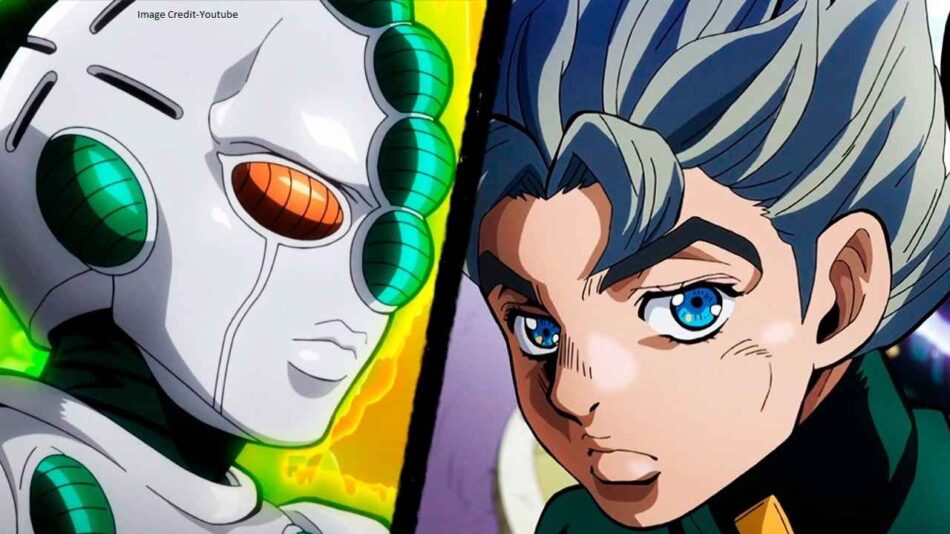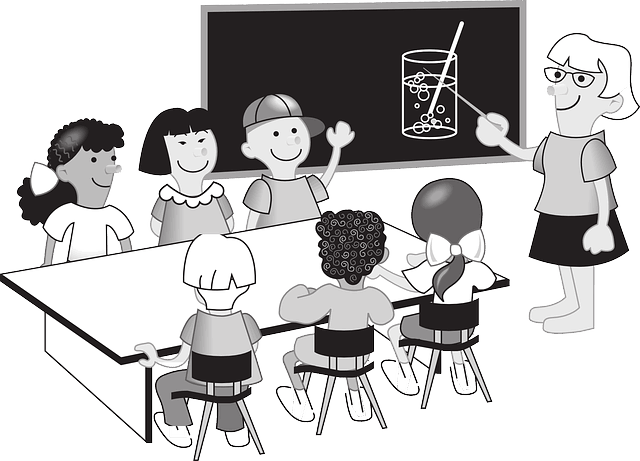Anime hairstyles influence personality
When you watch anime, you’ll notice that a character’s hairstyle often reflects the character’s personality. This is because anime follows a complex visual language. Even the most seemingly innocuous elements in the show carry more meaning than they might seem. One of those elements is hair color, which is especially important for female characters. Unlike in real life, hair color in anime is not meant to represent a character’s natural color, but to hint at her personality and her role in the plot.
One of the most common hairstyles in anime is the time cut. This is a three-part style meant to depict an upper-class, traditional girl. Another classic hairstyle is Short Hair with a Tail. This style is considered to be the most mainstream in anime, with black hair with short side bangs. It represents the Japanese feminine ideal and is commonly worn by female characters in anime. Characters with this hairstyle are generally soft-spoken, hard-working, and ladylike.
Another popular hairstyle in anime is the bun. The hairstyles of manga and anime characters have their own unique meanings. A bun can denote intelligence, while a short ponytail can signal tomboyishness. These differences in hairstyles have a profound impact on a character’s personality.
Hair color is one of the most important aspects of a character’s personality. A character with red hair, for example, is often deeply sensual and passionate, while a character with blue hair is usually gentle and caring. Hair color also influences a character’s role in a story. For example, a woman with red hair might be a warrior or a ninja. Similarly, a blonde girl may be a princess or a ninja.
Also, Read-Women’s Perfume Guide for Finding the Perfect Fragrance
Anime hairstyles take liberties with character development
Hairstyles in anime can sometimes take liberties with character development. For example, some of the characters have wildly unrealistic hair colors and styles. These are usually indicative of an outlandish plot, while others may be realistic and represent more mature characters. Anime devotees will likely recognize these styles and recognize trends, but for casual viewers, they may be a bit of a stretch.
One common example of this is the long, flowing hair worn by Hitagi Senjougahara, a character in the Monogatari series. This character has a long, flowing hairstyle, which is cut into a short bob mid-way through the show. The reason for these drastic changes may be aesthetic.
Anime hairstyles reflect the mood
Anime hairstyles often reflect their character’s moods. For example, anime characters with blue hair are usually shy, socially awkward, or cold. The color blue also signifies a laid-back, calm personality. In fact, the color blue is a classic inversion of the redhead hothead trope.
Another example of a common anime hairstyle is the dead-mom hairstyle. In a series such as X-Men, dead moms wear their hair in the style of a bun or a ponytail. In the manga, characters like Kaguya or Yor Forger sport an updated version of this style.
The hairstyles of manga characters often reflect their moods. They may have large eyes, a small nose, or a tiny mouth. These features reflect the character’s feelings of anger or fatigue. Furthermore, many mangas depict characters with “cross popping” veins, which are hollow cruciforms in the forehead region. These veins often exaggerate and appear on the hair of the character when they are looking away from the viewer. If the veins are throbbing in addition to this, it indicates further anger. In some manga, smoke puffs are also used to represent the characters’ anger.
In anime, the hairstyles of characters can reflect a number of different personality traits. For example, blonde hair on a male character might mean a mysterious and sophisticated character. A girl with light-colored hair, on the other hand, would be more outgoing and less shy.
Anime hairstyles reflect the age
Anime hairstyles reflect age in a variety of ways. Some characters have long, flowing locks, while others have short, curly locks. In the 80s, long sideburns were a popular design element in anime. Inuyasha’s version is particularly glorious. Nowadays, most anime designs favor non-separated hairstyles.
Characters who have long hair are also usually considered younger. For example, the popular ahoge style is commonly associated with women. While it’s not always the case, anime hairstyles can be a good indicator of a character’s age. In some cases, their hairstyles can even represent their personality.
Hair coloring is an important aspect of anime and is often symbolic in nature. For example, blonde characters are typically seen with blonde hair. The most iconic blonde women in history have blonde hair. Anime also continues the tradition of blonde hair, with blonde hair on both male and female characters. The protagonists are often depicted with blonde hair, although the color can be artificial or natural.
Anime hairstyles reflect the situation
The hairstyles of anime characters are often incredibly unrealistic, with colors and structures that defy reality. The styles, however, serve a purpose and convey the characters’ personalities. Although these styles are usually restricted to Japanese animation, hairstyles from Western animated shows and games are also often inspired by anime.
Some anime characters have blue hair, which represents their unique powers or personality. Blue hairstyles can also be cute and calculated, though these characters are rarely on the side of evil. Although this color is uncommon in real life, it has become more popular over the past few years. While purple itself does not usually signify anything, certain shades of purple are considered to convey a deeper meaning.
In historical anime, men’s hairstyles can be very distinct and reflect the situation. A typical example would be the “samurai hairstyle,” which is a long ponytail that extends from the top of the head to the nape of the neck. Anime characters often wear their hair up, either in a high ponytail or a short, spiky hairdo.
While hairstyles in manga and anime are often influenced by the characters, it is important to remember that each character’s looks reflect the circumstances of their characters. Characters such as Kyojuro and Death The Kid in Soul Eater have unique aesthetics. Death The Kid’s hair, for example, is reminiscent of the gothic subculture of the early 2000s.








